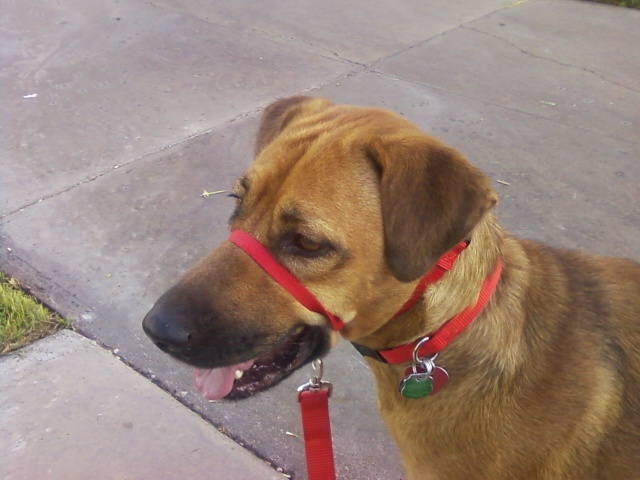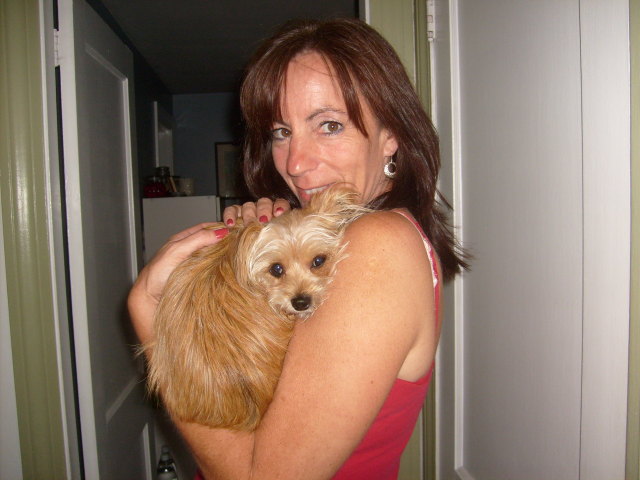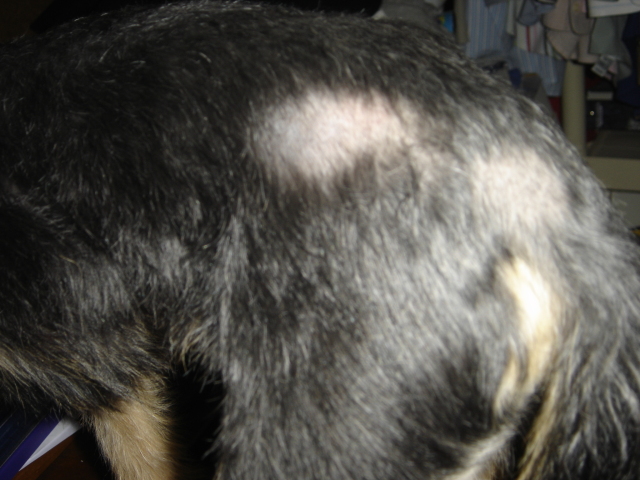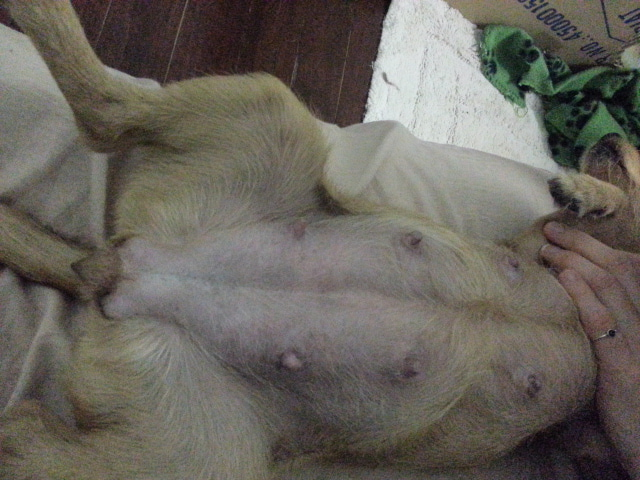QuestionI own a 3 yr old un-neutered male Pit Bull who is extremely friendly and has never shown any aggression towards any other dogs or humans. I am planing to move back in with my parents soon, who have a 5 yr old female Boxer. I am worried that the boxer will not react well to introducing the new dog to her territory. Is there a good way to ensure that the older female boxer will allow my younger, and more energetic male pit bull into her home?
Answer
Hi Bryan,
The problems might not stem from your dog, but from your parents female dog who may have issues with another dog in "her" home. Have you ever brought your dog to your parents home, to know what their dog's reaction might be to your dog? If you already know that she is territorial about other dogs in the house, NOW would be the time to try to have her form a bond with your dog, before you move into the house.
Introduce the dogs in a neutral location so that your parent's dog is less likely to view your dog as a territorial intruder. Each dog should be handled by a separate person. With both dogs on leashes, begin the introductions in an area unfamiliar to each, such as a park or a neighbor's yard. If either dog is frequently walked in which ever area you choose, he or she may view that area as their territory, so choose a less familiar site.
From the first meeting, help both dogs experience "good things" when they're in each other's presence. Let them sniff each other briefly, which is normal canine greeting behavior. As they do, talk to them in a happy, friendly tone of voice; never use a threatening tone. (Don't allow them to investigate and sniff each other for too long, because this may escalate to an aggressive response.)
After a short time, get the attention of both dogs (who are still on their leashes!) and give each a treat in return for obeying a simple command, such as "sit" or "stay." Take the dogs for a walk and let them sniff and investigate each other at intervals. Continue with the "happy talk," food rewards, and simple commands.
Do this as often as possible before you plan on moving in. The more the dogs can interact on neutral ground, the better.
One body posture that indicates things are going well is a "play-bow." One dog will crouch with her front legs on the ground and her hind end in the air. This is an invitation to play, and a posture that usually elicits friendly behavior from the other dog. Watch carefully for body postures that indicate an aggressive response, including hair standing up on one dog's back, teeth-baring, deep growls, a stiff-legged gait, or a prolonged stare. If you see such postures, interrupt the interaction immediately by calmly getting each dog interested in something else.
For example, both handlers can call their dogs to them, have them sit or lie down, and reward each with a treat. The dogs' interest in the treats should prevent the situation from escalating into aggression. Try letting the dogs interact again, but this time for a shorter time period and/or at a greater distance from each other.
When the dogs seem to be tolerating each other's presence without fearful or aggressive responses, and the investigative greeting behaviors have tapered off, you can take them back to your parents home. Both dogs should remain on their leashes in the home, so that if the dogs start to act aggressive, they can be safely separated BEFORE a fight breaks out. Watch their body language, and don't leave the two dogs together alone for a good month. When there isn't a person around to supervise them, one or the other dog should be crated, or put in another room. You must be diligent about supervising both dogs.
If your parents dog turns out to be aggressive, they should consider using a muzzle on her. A basket style muzzle is the most humane, it allows the dog to drink water and pant while it's worn.
As far as your dog being more energetic, dogs communicate to each other when they've had "enough". This should be allowed, as long as nobody gets hurt. It's okay to allow the dogs to work out their social standing, as long as it doesn't turn into a battle. Most of the time males are very tolerant of a female's wishes, ans they allow them to "run the show".
If your parents dog is not spayed, you need to have your dog neutered before you more into their home. If you think you can control a pair of unaltered dogs, I need to tell you that you can't, plus living with the two dogs during the female's heat cycle (21 days on average) would be as close to intolerable as one could imagine. It only takes one unsupervised moment for an "accidental" pregnancy to occur, and I hear about them all the time.
There are many reduced cost (and sometimes they're free) neutering programs. Contact your local animal shelter or Humane Association to see what's available in your area. You can also locate a neuter program here:
http://neuterspay.org
I hope I've been a help.
Feel free to write back if I can be of further help.
Best of luck!
Patti

 My dog Kiya
Question
Kiya
My new dog Kiya is a 2 yr old German Shep
My dog Kiya
Question
Kiya
My new dog Kiya is a 2 yr old German Shep
 Training....
Question
Me with brady
My dog Brady is a year old, he i
Training....
Question
Me with brady
My dog Brady is a year old, he i
 Chinese Crested Powder Puff Bald Spots
QuestionBalding Spots on Chine
QUESTION: Our Pow
Chinese Crested Powder Puff Bald Spots
QuestionBalding Spots on Chine
QUESTION: Our Pow
 high temp tummy
Question
swollen nipples?
My two year old Jack R
high temp tummy
Question
swollen nipples?
My two year old Jack R
 st bernard archy.
QuestionQUESTION: I have a four year old st bernard. I
st bernard archy.
QuestionQUESTION: I have a four year old st bernard. I